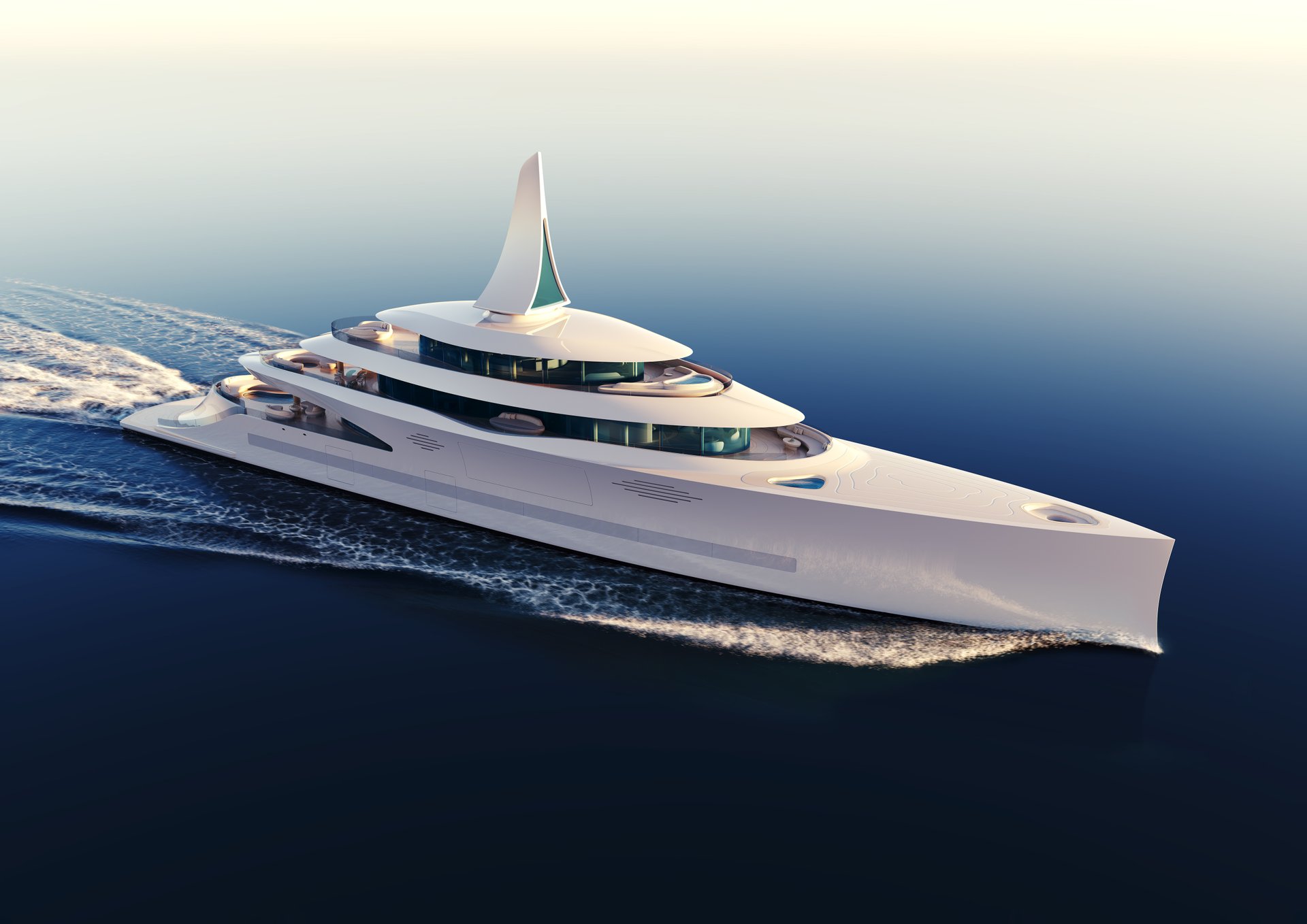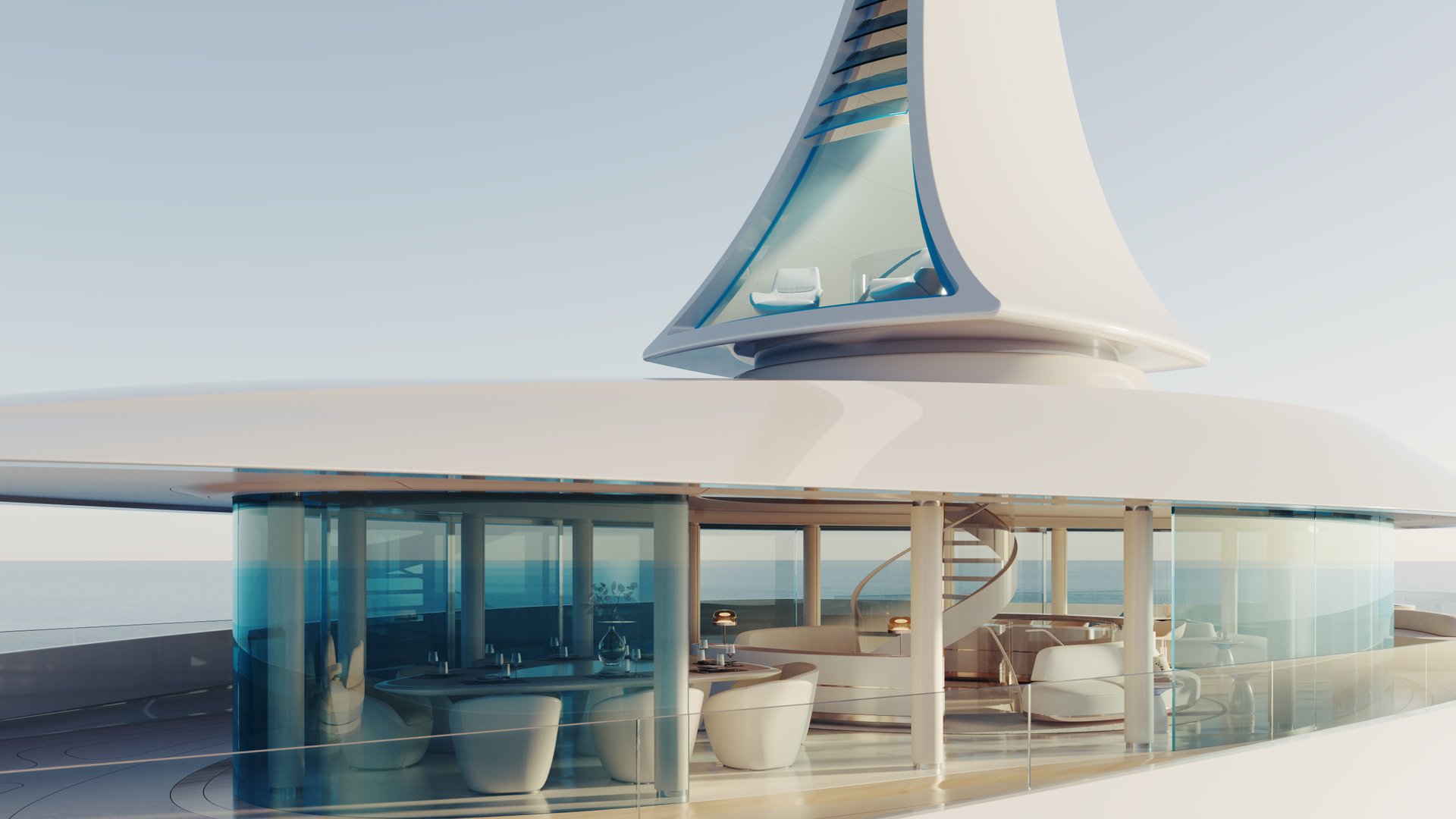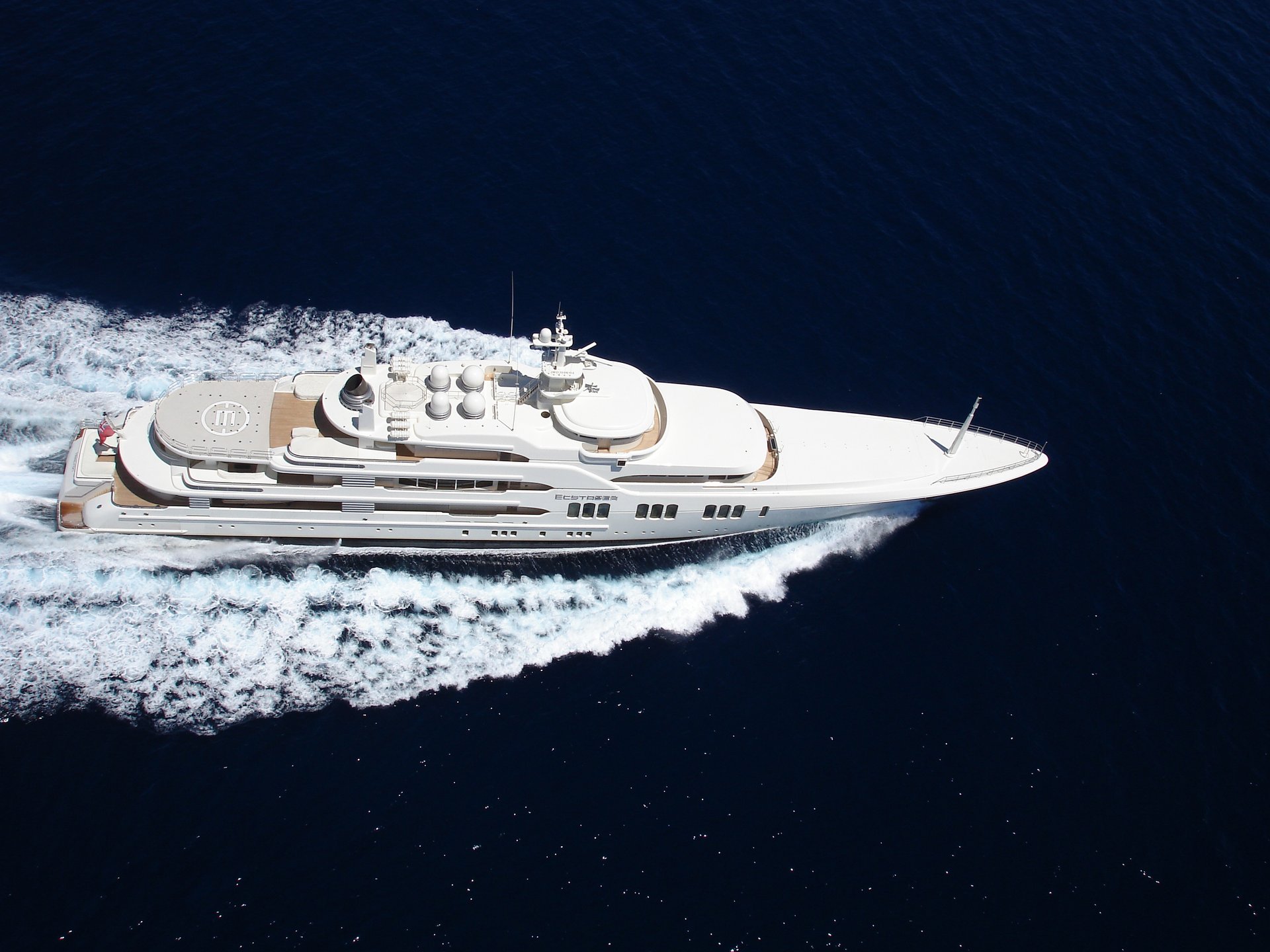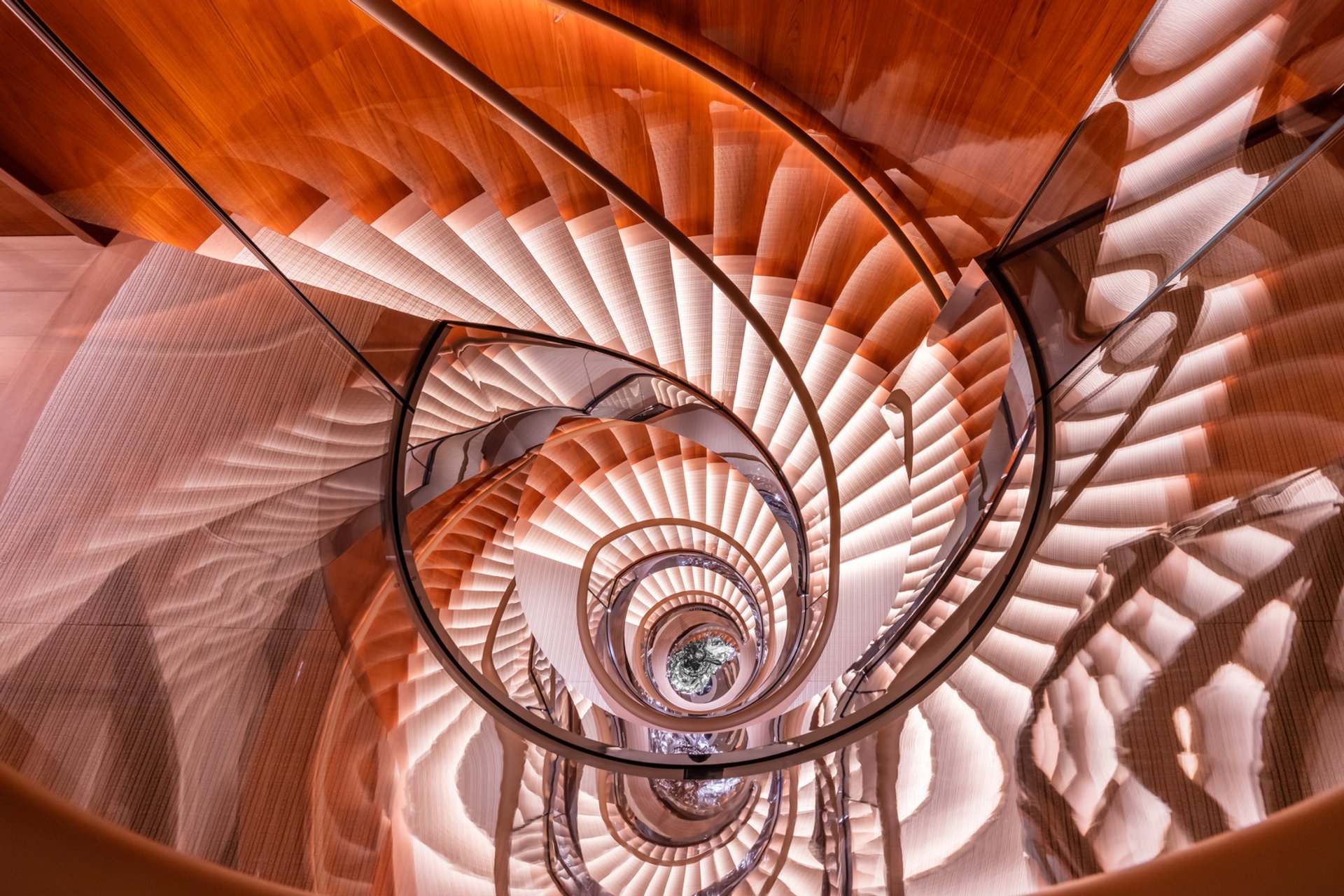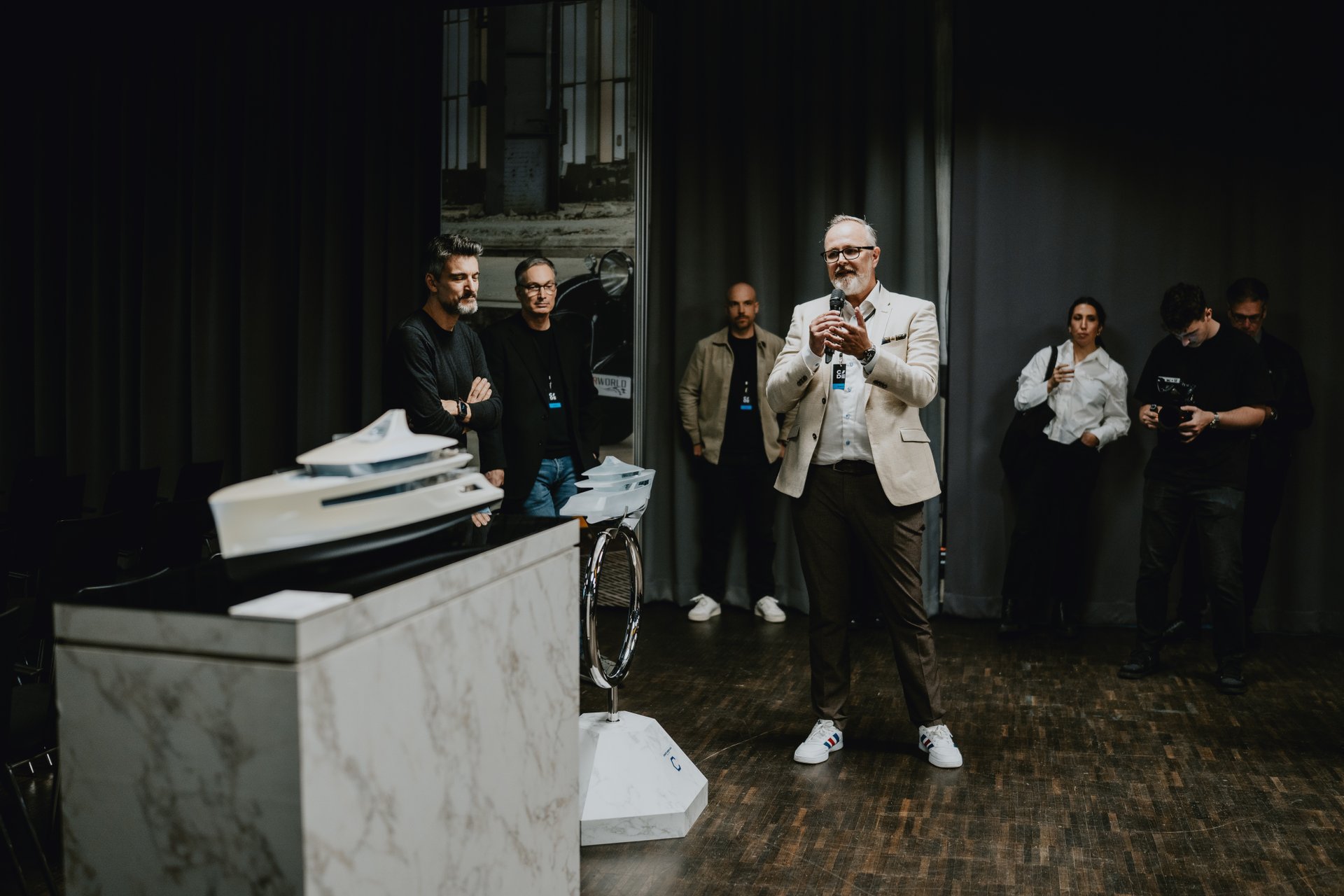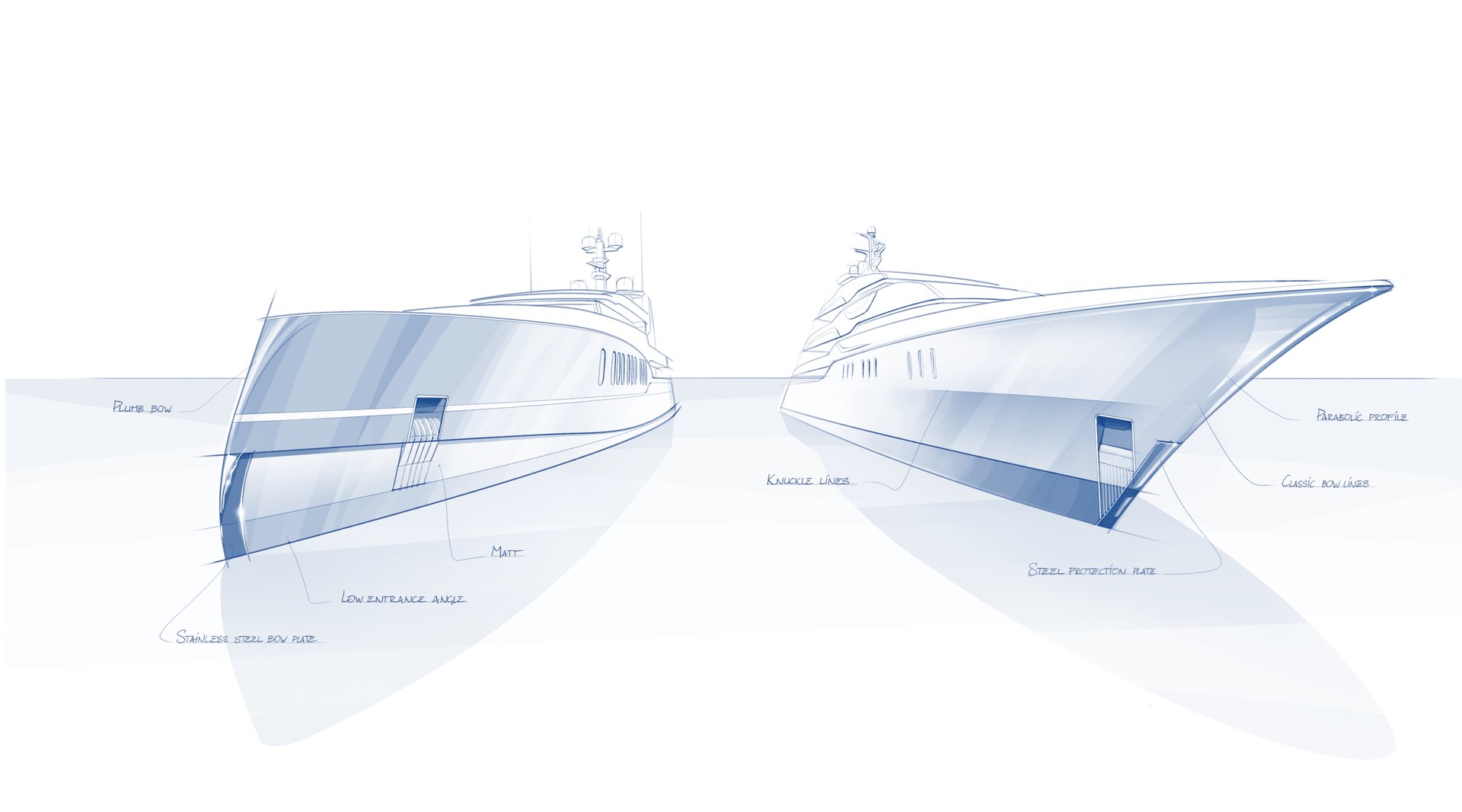Each Feadship Concept Design is a deep dive into superyacht development. Long before the first lines are drawn, Feadship asks the question, where do we need to go next? This year’s answers are profound. They spring from brainstorming and in-depth research, but mostly from an appreciation of the natural world and cutting-edge technology. In the hands of Studio De Voogt’s designers, the way forward can be expressed in three words: Organic, Elegant, Sustainable.
Asymmetry
Just as sand dunes often mark the edge between sea and land, Feadship’s concept design for 2023 demonstrates the intersection of modern lifestyle design with the latest thinking in sea-going comfort. Yet the asymmetry of the design, even to the patterns of the deck surfaces themselves also reflect the shifting and eternal dunes of the desert and a fresh perspective on effectively cooling a yacht by mimicking nature – a theme first proposed with concept design Breathe in 2010.
Dunes’s Cool Core Concept begins with wide overhangs shielding windows. Next, a dramatic 10-metre mast rotates to align with the wind creating a low-pressure area within that draws air from other parts of the ship to the semi-open Pavilion lounge on the upper deck. This creates a natural breeze and heat escape pathway that lowers the HVAC requirement of the interior.
Redefined propulsion
ABB DynafinsTM, fully 15% more efficient than pod drives and 23% more efficient than standard propellors, will provide propulsion. Their electric power comes from Solid Oxide Fuel Cells that create 20% more power than a diesel genset. The fuel cells will gain their energy from ‘green’ methanol rather than hydrogen, a more energy dense fuel and much easier to carry, leaving more of the yacht’s volume for owner and guest usage. Solid oxide fuel cells are particulate-free and their only emissions are water and circular CO2.
Asymmetrical styling enhances a natural look and feel in underlining the sustainable ambitions of the concept. The design emphasises flow for the guests such as direct no-threshold access to the gym, spa, beach club, swimming in the sea, lying by the pool, having breakfast on the aft deck, or staying in the main lounge.
The owners have a private deck with unobstructed views and lounging areas outside and inside, indoor and al fresco dining options, bow seating and a Jacuzzi. The decks resemble a topographical map or how undulating dunes look when seen from above. This design is a natural basis for combining different sustainable materials to replace teak decking.
Innovation on deck
The framing and canopy of the Pavilion deck are made of a treated, carbon-negative sustainable timber. Wood’s high insulating capacity, plus the application of expanded cork in the insulation package, ensures that no heat from above enters the Pavilion lounge. For al fresco areas, maple wood – surrounding the exterior seating – create seating islands, while a composite sole with a travertine look links deck features. To generate solar power in a visually attractive way, the foredeck is treated with solar paint. Feadship specialists estimate this technology will be efficient enough to be used in the future. The calculations predict that passive solar generation, along with the output of an optional wind turbine integrated beautifully into the design of the mast, will create 30 MgW of clean energy annually.


Road to zero
Dunes will carry Feadship towards Net Zero super- yachts in multiple ways, stacking the advantages of low impact aluminium and steel, minimising the energy needed for propulsion and HVAC, a green power supply, and optimizing the efficiency of various systems. Compared to a Feadship that complies with the current regulatory minimum, Dunes’s impact to the environment is decreased by 95%, based on the YETI score.
